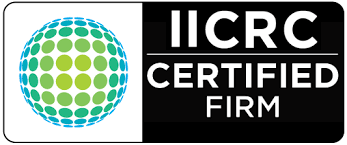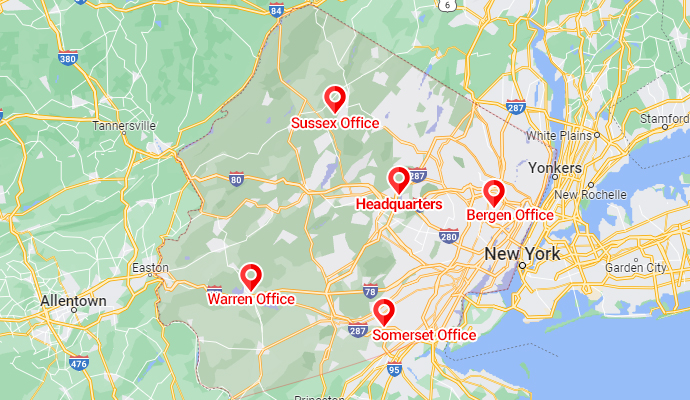How Long Does Biohazard Cleanup Take? Factors That Affect the Timeline
The duration of biohazard cleanup varies significantly based on several critical factors. Understanding these elements can provide clarity on the expected timeline for restoring a safe environment after a biohazard incident.

Factors Influencing Biohazard Cleanup Duration
-
Type of Biohazard
The specific nature of the biohazard plays a pivotal role in determining the cleanup time. Incidents involving bloodborne pathogens, chemical spills, or unattended deaths each require distinct remediation protocols. For instance, chemical hazards may necessitate specialized containment and neutralization procedures, potentially extending the cleanup duration.
-
Extent of Contamination
The size and severity of the affected area directly impact the time required for effective decontamination. A minor, localized spill might be resolved within a few hours, whereas extensive contamination across multiple rooms or structural elements could require several days to address comprehensively.
-
Structural Considerations
The materials and layout of the contaminated area influence the remediation process. Porous materials like carpets and upholstery absorb contaminants more readily than non-porous surfaces, necessitating more intensive cleaning or complete removal. Additionally, complex architectural features may pose challenges, potentially prolonging the cleanup effort.
-
Regulatory Compliance
Adherence to local, state, and federal regulations is essential in biohazard remediation. Compliance with guidelines from agencies such as OSHA and the EPA ensures that the cleanup process meets established safety and environmental standards. Navigating these regulatory requirements can influence both the approach and duration of the cleanup.
Typical Cleanup Timeline
While each biohazard situation is unique, a general timeline can be outlined:
-
Assessment and Planning: Professionals conduct a thorough evaluation to determine the scope of contamination and develop a tailored remediation plan. This phase typically takes 1-2 hours.
-
Cleanup and Decontamination: The execution of the remediation plan involves removing contaminated materials, cleaning, and disinfecting the area. Depending on the complexity, this phase can range from 1 to 3 days.
-
Verification and Testing: Post-cleanup, the area undergoes testing to ensure all biohazards have been effectively eliminated, usually completed within a day.
-
Restoration: If structural repairs or replacements are necessary, the restoration period will vary based on the extent of the damage, potentially adding several days to weeks to the overall timeline.
Conclusion
The duration of biohazard cleanup is contingent upon multiple factors, including the type and extent of contamination, structural considerations, and regulatory compliance. Engaging certified biohazard remediation professionals ensures that the cleanup is conducted efficiently, safely, and in accordance with all applicable regulations, facilitating a return to normalcy as swiftly as possible.

















